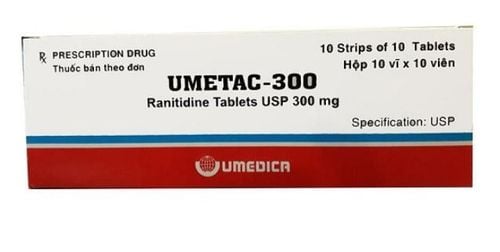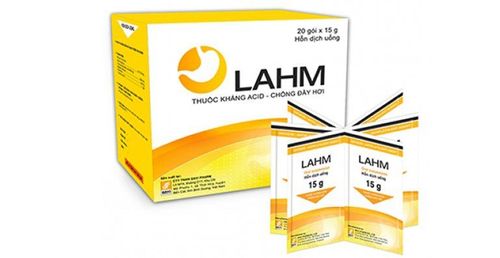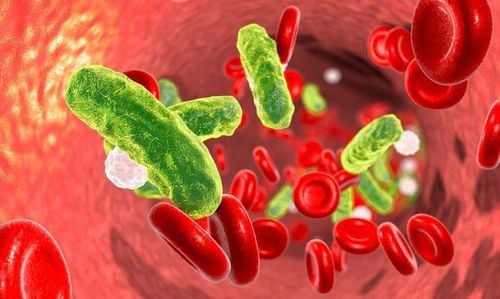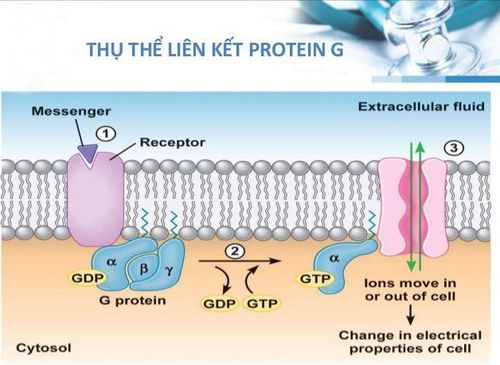This is an automatically translated article.
The article is written by Master, Doctor Mai Vien Phuong - Gastroenterologist - Department of Medical Examination & Internal Medicine - Vinmec Central Park International General Hospital.
Age has an effect on the gastroesophageal microbiota, although the full significance has yet to be determined. During early life, the human colon microbiota varies widely. Analysis of the colonic microbiota composition in patients from birth to 80 years of age and across three different geographical locations (USA, Venezuela and Malawi) revealed that the phylogenetic composition fluctuates significantly during the first 3 years of life.
1. Overview of the microbiome in the stomach and esophagus
The gastroesophageal microbiota is shaped by the oral cavity, pharynx and stomach due to the migration of oral bacteria to the esophagus and the reflux of the microflora in the stomach. Being able to perceive this varies considerably from person to person, even in healthy individuals. In addition to the anatomical location, factors that have been reported to alter the composition of the oesophageal microbiota include age, diet, use of proton pump inhibitors (PPIs), dental hygiene. mouth and smoking. Research on these factors has provided a framework for understanding the gastrointestinal microbiota in the oesophagus.
2. Entire digestive tract as a continuous system
Contrary to the philosophy that the colon is a discrete, stand-alone microbiome, we view the entire digestive tract as an adjacent system separated by pressure-selective "doors" filtration controlled by functionally relevant factors (pH, osmolarity, protease, native flora, etc.). It is a series of discrete "neighborhoods", connected by a tube.
Prior to weaning, infant development depends on what eventually becomes the adult microbiome, which goes on until about three years of age. Then, removing the unnatural disturbance, the gastrointestinal tract neighborhoods are established, stable, and in equilibrium with the host. Unfortunately, humans are the pioneers of the unnatural, and some or many behaviors today considered essential have systematically disrupted the balance. Perceptible through sequential changes related to age, drug exposure, diet, hygiene, sleep efficiency, and environmental exposure.

3. How does age affect the composition of the gastroesophageal microbiota?
Age has an effect on the gastroesophageal microbiome, although the full significance has yet to be determined. During early life, the human gut (colon) microbiome is very different. Analysis of the microbial composition of the colon microbiota in patients from birth to 80 years of age and across three different geographical locations (USA, Venezuela, and Malawi) found that, Species fluctuated significantly during the first 3 years of life.
Understandably, a similar microbiological change exists for the esophagus due to similar environmental factors in early life, based on mode of delivery (vaginal delivery or cesarean section), dietary pattern (breastfeeding or formula feeding), as well as when to introduce food to adults.
4. Age is an important factor promoting microbial composition
With aging, humans seem to have a less, but still noticeable, change in the gastroesophageal microbiome. Esophageal microbiological assessment of adults aged 30-60 years, using 16S rRNA-, 18S rRNA-amplicon sequencing and shotgun sequencing, found age to be an important driving factor. gut microbiota composition.
Notably, they showed a positive correlation with age and the relative abundance of bacteria, such as some Streptococcus spp., including Streptococcus parasanguinis, with increasing age.
5. An increase in age is inversely correlated with the prevalence of some bacterial strains
An increase in age is inversely correlated with the prevalence of Bacteroidetes, including Prevotella melaninogenica. To better place this in the context of our current understanding of the gastroesophageal microbiome and previously demonstrated community clusters (Streptococcus predominance, Prevotella predominance, and central predominance). time), this study showed that regardless of disease state, with increasing age, there is more robust microbial composition and higher number of gram-positive (Streptococcus parasanguinis) species, gram-negative (Prevotella) melaninogenica) is lower. Thus, age may contribute to different types of esophageal microbial communities.
Despite this, an increase in gram-negative bacteria is associated with the progression of esophageal disease at any age. It is possible that age affects and predicts a 'basic' microbiome that is altered stepwise by microbiome imbalance.
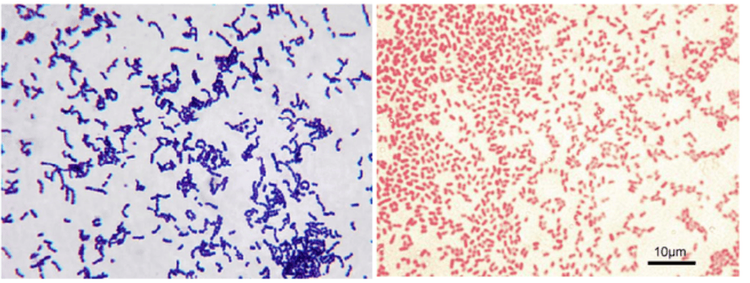
6. Mechanistic and functional changes of the esophagus that affect the microbiome
Notably, there is a degenerative effect of aging on motor function of the esophagus, which plays a role in differences in the gastrointestinal microbiota of the population. In the elderly population, when esophageal function spontaneously declines after the age of 40. The presence of reflux esophagitis has a significant effect on esophageal contraction wave amplitude, but not on motility. Accordingly, mechanical and functional changes of the esophagus will affect the microbiome as a direct or indirect consequence of aging.Please dial HOTLINE for more information or register for an appointment HERE. Download MyVinmec app to make appointments faster and to manage your bookings easily.
References:
D'Souza SM, Houston K, Keenan L, Yoo BS, Parekh PJ, Johnson DA. Role of microbial dysbiosis in the pathogenesis of esophageal mucosal disease: A paradigm shift from acid to bacteria? World J Gastroenterol 2021; 27(18): 2054-2072 [DOI: 10.3748/wjg.v27.i18.2054]





